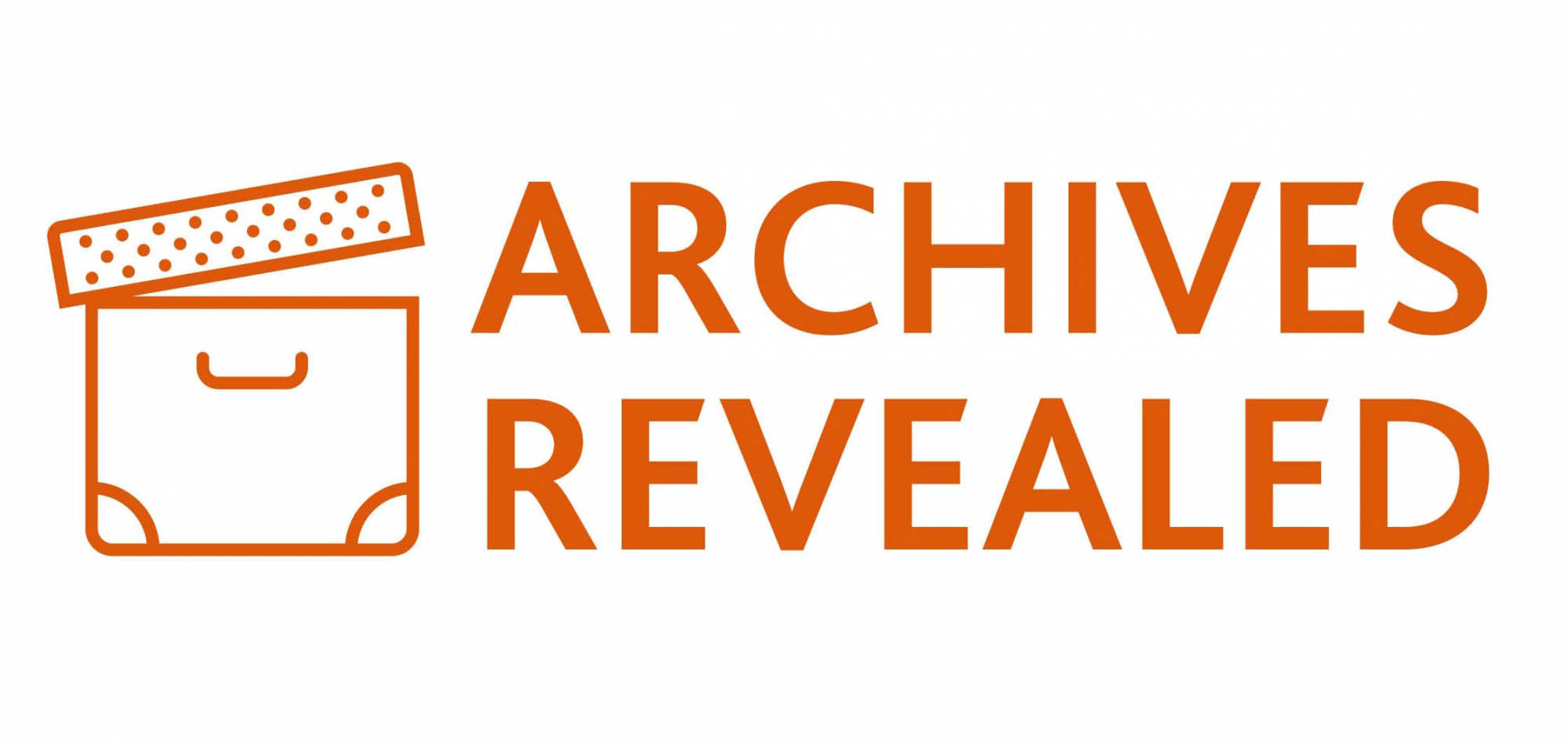Vikings? Sphinxes? Geometric shapes? What inspired British car companies to create their respective badges?
J12 M40
British Motor Museum
J12 M40
British Motor Museum
START TIME: |
November 2025 |
END TIME: |
November 2025 |
LOCATION: |
Online |
VENUE: |
|
TICKETS |
FREE online activities. If you can, please make a donation. |
Vikings? Sphinxes? Geometric shapes? What inspired British car companies to create their respective badges?
Badges or emblems of cars are integral for brand awareness and many are so iconic that even non-enthusiasts can recognise them in an instant. The first ever car badge is said to be the Peugeot lion adopted over 200 years ago, long before the company built cars, which of course had not yet been invented. As car manufacturing boomed in the 20th century, brands designed their own badges to distinguish and advertise their new creations on the road. But where did these designs come from? 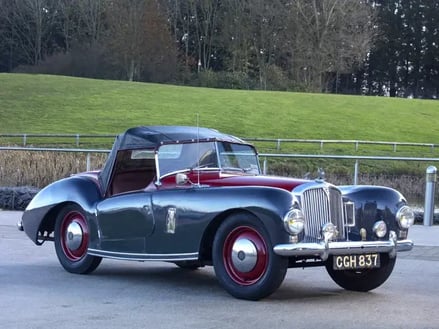
The Vikings never used cars, but that didn’t stop their longships from featuring on Rovers for almost 80 years. Whilst John Starley’s Safety Cycle featured a simple badge naming it ‘The Rover’ along with where it was manufactured, the Viking first appeared in the 1920s as a car accessory mascot. The Vikings were seen as ‘the Original Rovers’, therefore one was adopted first as a standing figure complete with spear and shield, and later as a head with winged helmet. Our Rover Reavell Special, which was based upon a 1935 Rover 12, features both the Viking head mascot and an early form of the longship badge which would be used on their cars until the company’s end in 2005.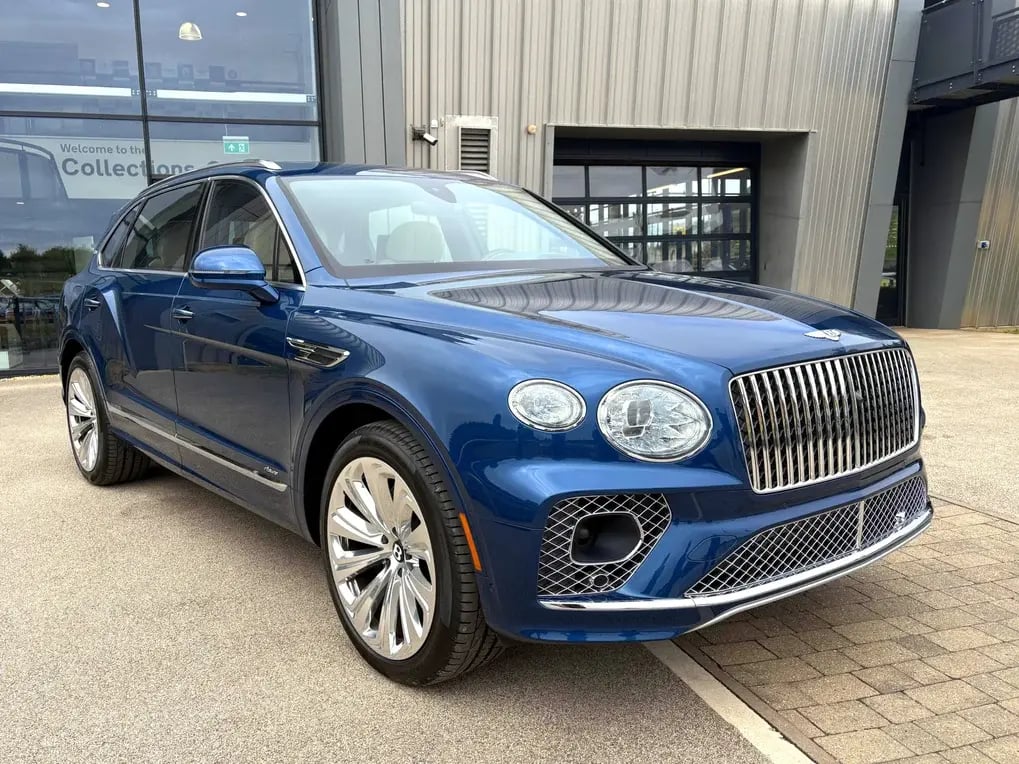
One of the most popular badge designs is to use wings, which suggest speed and dynamism, with brands such as Aston Martin, Austin-Healey, Bentley, Jensen, Mini, Morgan, and Standard having taken flight through the years. In the 1920s, Bentley even chose to distinguish their wings by using a different number of feathers on each side to protect against counterfeiting.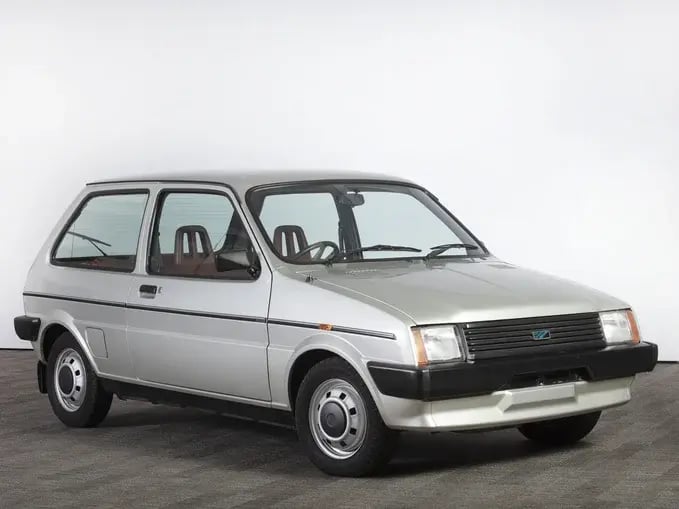 One of the earliest Austin emblems was the winged wheel, designed by Herbert Austin himself, and they would later also use the Austin coat of arms after he was made Lord Austin in 1936. The Austin badge used in later years, a curious geometric design with blue and green diagonals, was first a logo used by British Leyland in the 1970s. Under the BL umbrella, the blue bars represented the mainline brands of Austin and Morris, whilst the green bars represented the premium brands of Jaguar, Rover and Triumph. Eventually this logo came to represent the newly renamed Austin Rover group, and then just the blue sections were used as the badge on Austin cars, such as the Metro.
One of the earliest Austin emblems was the winged wheel, designed by Herbert Austin himself, and they would later also use the Austin coat of arms after he was made Lord Austin in 1936. The Austin badge used in later years, a curious geometric design with blue and green diagonals, was first a logo used by British Leyland in the 1970s. Under the BL umbrella, the blue bars represented the mainline brands of Austin and Morris, whilst the green bars represented the premium brands of Jaguar, Rover and Triumph. Eventually this logo came to represent the newly renamed Austin Rover group, and then just the blue sections were used as the badge on Austin cars, such as the Metro. 
Whilst Morris used a version of the crest of Oxford (literally an Ox fording a river), the oldest surviving MG, Old Number One, uses both this shield and the shield of Oxford University surrounded by the words ‘The Morris Garages - Oxford’. MG founder Cecil Kimber wanted a badge to distinguish themselves from Morris, so the Octagon was designed by Ted Lee with a simple school ruler and trademarked in 1924, appearing on cars from 1927. Kimber liked the dynamic, sporty emblem so much that he implemented it throughout the cars, often changing round instruments to octagons. The 1936 MG SA, the biggest and most comfortable car MG had built to date, was absolutely covered with the logo - appearing on internal and external door handles, window winders, and even the radiator cap is octagonal.-webp.webp?width=679&height=509&name=1936-MG-SA-L1994-50-2%20(1)-webp.webp)
Animals are a common mascot, dating back to times of the Roman Eagle or the Owl of Athena in Greek mythology, and car brands are no different with animals featuring on the logos of Alfa Romeo, Dodge, Ferrari, Lamborghini, and Jaguar. Mythical creatures have also featured, perhaps most famously the Griffin of Vauxhall but also the Sphynx of Armstrong Siddeley. The griffin originates from the arms of Fulk de Brent, the 13th century knight who owned the land which would become Vauxhall in south London (‘Fulk’s hall’ - became ‘Vauxhall’). The Armstrong Siddeley Sphynx however originates from a review for the earlier Siddeley-Deasy where a journalist described the cars as "as silent and inscrutable as the Sphinx". John Davenport Siddeley liked the description so much that it became the mascot and was carried over to the new Armstrong Siddeley brand in 1919.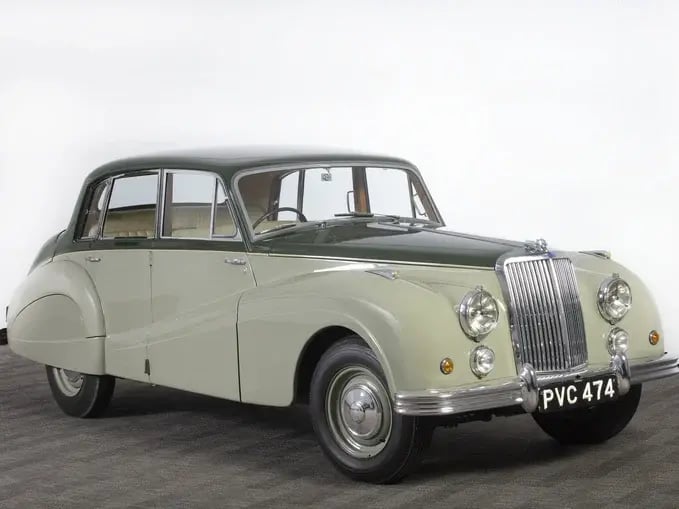
One of the most modern brands represented in the Museum is McLaren, although whilst its first road car wasn’t built until the 1990s, their first badge was adopted for use by the Bruce McLaren Motor Racing Team back in the 1960s. Celebrating Bruce’s New Zealand roots, this logo used a Kiwi bird, which would later evolve into the ‘Speedy Kiwi’ in the late ‘60s. The current McLaren badge was adopted in 1997 to replace the Marlboro chevron, after the tobacco brand’s long standing sponsorship of the F1 team came to an end. The new logo was a red, rounded arc, which has since appeared elsewhere on their cars, most notably in the shape of the P1 and 650s headlights. McLaren state the badge represents the vortices of air coming off the back of F1 car’s rear wing, but there’s also a certain similarity to the stylised ‘Speedy Kiwi’ used on some of their earliest cars.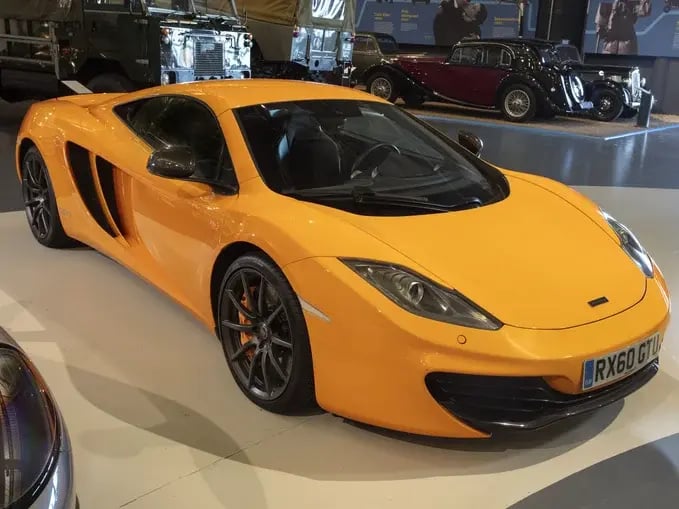
Activity: What would your car company badge look like? Would you name it after yourself or create a new name? Design one and share it with us by leaving a comment and maybe a photo or a drawing
Thanks for reading and share your memories and photos on our social media pages - don’t forget to use the hashtag #ExploringBMM!
November
This month’s Mini Motorists blends storytelling, sensory play and creative crafting - all inspired by one small but..
Find Out More
November
Join us at the British Motor Museum for Mellow Monday to enjoy our fantastic collection on an afternoon dedicated to..
Find Out More
November
Join us for a delicious Festive Lunch at the British Motor Museum. Lunch will be served in our stunning roof-top Sky..
Find Out More
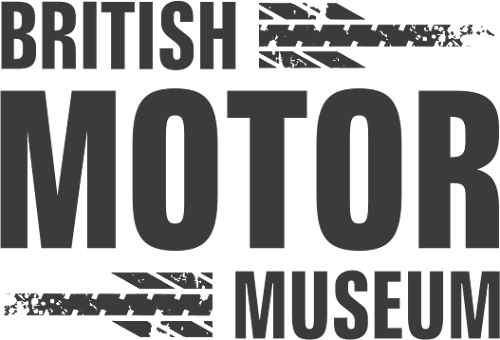
British Motor Industry Heritage Trust, Registered Charity in England & Wales: 286575
Banbury Road
Gaydon
Warwickshire
CV35 0BJ
If using a Sat Nav for directions we recommend you enter the British Motor Museum as a point of interest rather than using the postcode.
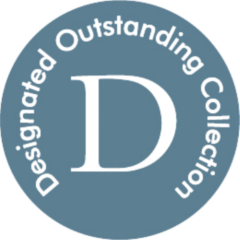
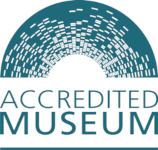
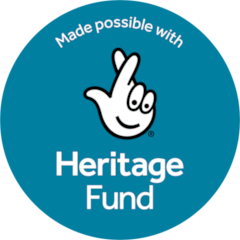



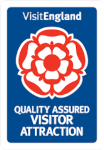







.png)


